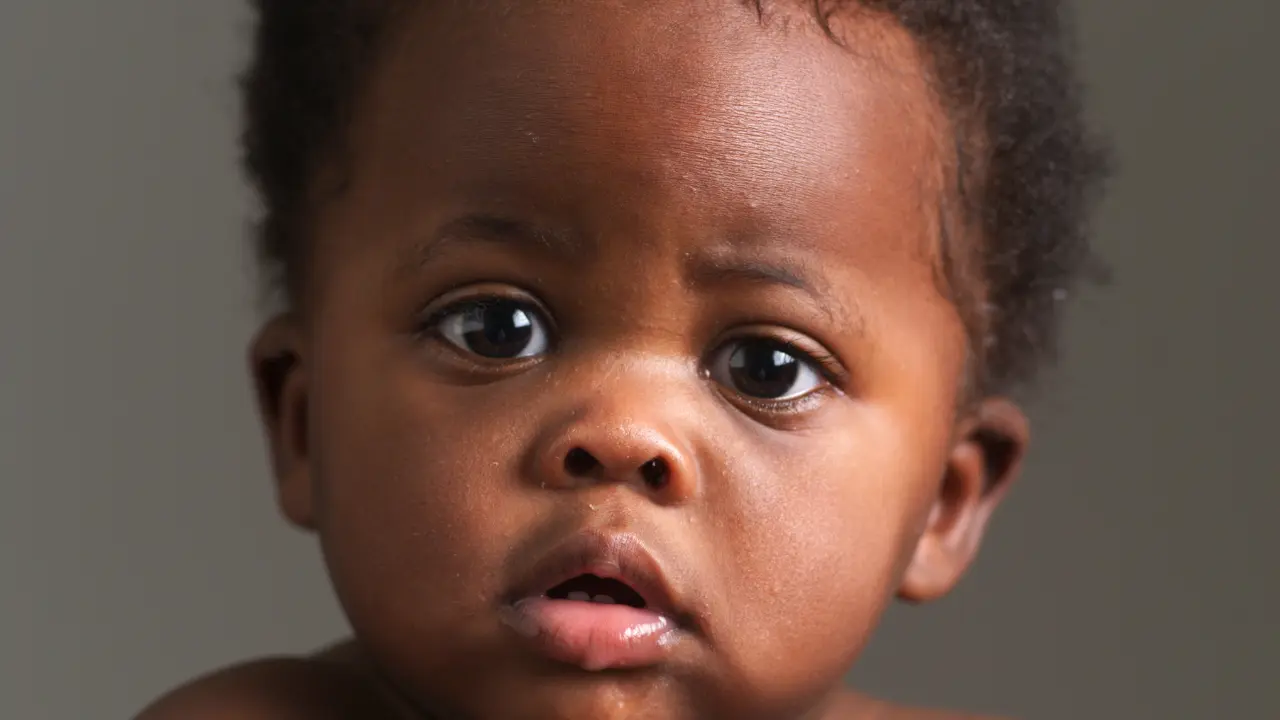
Time changes are hard on kids and adults alike, but there are ways to prepare for a shift in your child’s schedule and help them adjust. Most babies and toddlers will adapt to a time changes within a few days, but you can make the transition easier on them by gradually shifting their schedule in the days leading up to the time changes. Keeping a consistent bedtime routine and encouraging healthy sleep habits can also help.
IN THIS ARTICLE
- How daylight saving time affects babies and toddlers
- How to deal with a time changes with your baby or toddler
- How to deal with jet lag in babies and toddlers
Sleep is a hot topic among parents with young kids – and for good reason. It can be hard enough to get your little one on a schedule and sleeping well at night under normal circumstances. Add in a time changes – either because of daylight saving time starting or ending or because of a move or family vacation to a different time zone – and sleep gets even more challenging for the whole family.
As difficult as these transitions can be, babies and toddlers are quite resilient and adaptable, especially with a bit of preparation before the time changes takes place.
How daylight saving time affects babies and toddlers
The United States first adopted daylight saving time (DST) in 1918 as a way to conserve energy during World War I, but it was abolished soon after the war ended. Congress reestablished DST in 1996, but allowed states to opt out, so Alaska, Hawaii, and Arizona don’t observe it. The U.S. Senate recently passed a bill that would make daylight saving time permanent – so no more switching between daylight saving and standard time – but it hasn’t been made law yet.
Thankfully, the daylight saving adjustment period for babies and toddlers is typically short-lived. If your baby usually wakes at 7 a.m., you may be dismayed to find them waking at 6 a.m. after the “fall back” time changes. But hang in there anywhere from a few days to a week and your baby will likely go back to their later wake-up time. This isn’t always true, of course – after the “spring forward” time changes, some babies may fall asleep later – and then decide they like their new bedtime and never go back.
While many babies and toddlers adjust to the time changes within a week, the first few days can be tough. Changing times disrupts our circadian rhythm and may cause your little one to wake up even earlier or become overtired in the evening as their body adjusts to the new time.
Plus, losing even one hour of sleep can affect a baby or toddler’s schedule and mood for the rest of the day. You may find your little one is fussier than usual or has more trouble eating because meal times feel off. Depending on your baby’s temperament, it may take a few days for them to adjust, but rest assured these issues will ease with time.
How to deal with a time changes with your baby or toddler
You may not be able to avoid every inconvenience that comes with a time changes, but there are steps you can take to help make the transition a bit smoother for both your child and yourself.
If you’re adjusting to daylight saving time, try putting your baby to bed 10 to 15 minutes earlier or later, depending whether you’re springing forward or falling back, every night for the week leading up to the change. So if your baby goes to bed at 7 p.m. normally, put them to bed at 7:10, then 7:20, then 7:30, until they’re going to bed at 8 p.m. That way, when the time changes, they’ve already adjusted.
You can also help your baby by giving them cues about when it’s daytime and nighttime. Have lots of walks and playtime outdoors during the day, and then quiet things down and lower the lights in the late afternoon or early evening to ready your baby for sleep. Keep up with your usual bedtime routine, whether it’s a calm bath, reading a book, or one last feeding before going to bed.
If you’re planning to travel across time zones, keep your baby’s sleep schedule in mind as you’re making travel arrangements. You may be able to ease the transition by booking a red-eye flight if you think your baby will sleep well on the plane, for example, or by traveling during their nap time. As with daylight saving, you can also prepare ahead of time by putting your baby down to sleep a little earlier or later (depending on where you’re going) in the week leading up to your trip.
Regardless of the kind of time change you’re dealing with, staying consistent with a bedtime routine and healthy sleep habits can help you and your baby adjust.
How to deal with jet lag in babies and toddlers
Jet lag happens when there’s an imbalance between your body’s internal clock and the external environment, like when traveling to another country where the time zone is drastically different than what you’re used to. Jet lag can cause fatigue, irritability, and confusion for both adults and children.
You can prepare for a long trip that may result in jet lag by adjusting your child’s schedule in the days before you leave. Wake them up 10 to 15 minutes earlier if you’re traveling east, and put them to bed 10 to 15 minute later if you’re headed west. Depending on how far you’re going, you may want to start this several days in advance and gradually add more time (going to bed 20 minutes earlier instead of 10 minutes, for example).
While traveling, try to encourage sleep at your child’s regular times, especially if you’re flying overnight or during nap time. Keep in mind they may not sleep for their usual stretches, but every little bit of sleep will help.
Once you’ve arrived at your destination, you can help your child adjust by adapting to the new time zone as soon as you can. Go about your usual routine, in the new time zone – put your baby down for naps at the usual (local) time, eat meals when locals normally would, and go through your bedtime routine when it’s time, even if your baby isn’t tired.
Help them get used to the time change by keeping things bright and noisy during the day, then calming down and dimming the lights in the evening.
Adults often use melatonin supplements to help them adjust to new time zones and avoid jet lag, but this isn’t recommended for children. Studies so far are limited and more research is needed to determine the overall safety of melatonin for kids and possible long-term effects. If you’re curious about melatonin supplements, talk with your child’s doctor.
Read more about


Add a Comment